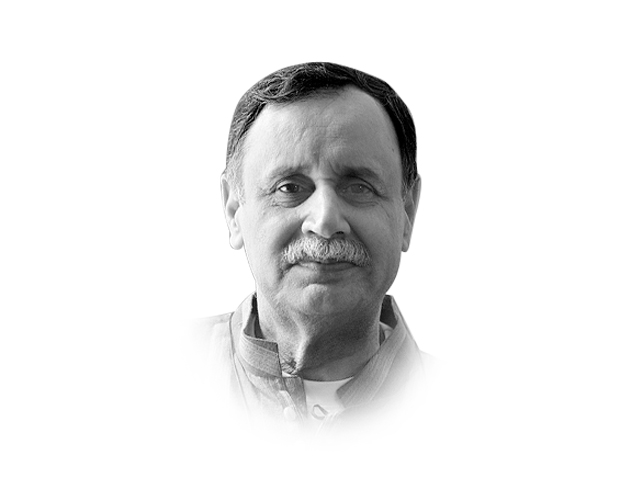
In yet another country, an unfortunate city chose just the opposite route. It decided to take a downward plunge to sink deep in its own effluent. Karachi started with three sewage treatment plants with a combined capacity of 150mgd. By 2005 their treatment capacity had been reduced to about 50mgd. By 2015 all three treatment plants were dysfunctional and their capacity to treat sewage had shrunk to zero. Thus from 2015 onwards Karachi’s 15 million citizens have been criminally discharging 100% of their raw sewage into the nearest coastal waters. There may be few parallels of a population so vociferously engaged in engulfing itself in cesspools of disease and degradation.
A Judicial Commission headed initially by Justice Iqbal Kalhoro and then by Justice Hani Muslim may have been the finest gift received by the effluent-ridden province of Sindh for a very long time. Ably supported by an outstanding petitioner Shahab Usto, they began to question the colossal negligence that had sunk the province into its own excreta. The Judicial Commission did an excellent job at shaking up the sleepy provincial administration for ignoring peoples’ water and sanitation requirements for past many decades. The Commission even managed to operationalise at least one sewage treatment plant (TP-III Mauripur) that will hopefully treat 77mgd.
There are, however, some fundamental flaws in the Greater Karachi sewage treatment plans as envisaged in Project S-III. The plan is based on upgrading the existing three sewage treatment plants and building two new ones to create a total capacity of 500mgd. This was initially proposed to be executed in 2007 at a cost of Rs8 billion. By 2009, the PC-I cost of the project had escalated to Rs13 billion and by 2015 it had risen to an unmanageable figure of Rs39 billion. A few more years and the cost will easily touch the 100 billion mark.

If the reasons that caused the near-destruction and occupation of the existing three sewage plants are not addressed, then the Greater Karachi plan (S-III) will surely meet the same fate. Pakistan does not have the managerial acumen, the maintenance skills, the professional competence and the business ethics to manage and maintain large infrastructures. It is also an obsolete concept to have a handful of large treatment plants and try to lay a network of hundreds of miles of pipes to link them to every home of the city.
Consider two successful examples of sewage treatment. The Turkish province Bursa has a population of only three million people. It has, however, 109 sewage treatment plants that treat 100% of its 37mgd sewage output. Istanbul, another Turkish city, with a population of 15 million has many water and sanitation needs similar to that of Karachi. As opposed to Karachi’s five proposed sewage plants that have been under discussion for the last 12 years, Istanbul has already built 154 sewage treatment plants to treat 100% of its 326mgd sewage before it is released into sea.
Karachi and other cities of Pakistan must begin to think of developing a number of small, simple and indigenous treatment plants. Preferably, there ought to be a treatment plant for every 60,000 to 100,000 persons. These can be designed and built locally without banking on foreign funding or expertise. The rich experience of Orangi Pilot Project (OPP) could be emulated for building about 150 to 200 sewage plants, much needed to process Karachi’s 500mgd of sewage. The treated water could be used for vegetation, trees, plants, urban forests and growing vegetables or simply released into sea.
The industrial establishments in Pakistan not only consume a phenomenal amount of fresh water but also act as the biggest destroyer of our lakes and water systems by indiscriminate release of untreated effluent. Of the 20,000-plus industries in Sindh, less than 200 comply with the National Environmental Quality Standards. The Environmental Protection Agencies (EPAs) either collude or simply look the other way. This must come to an end. Our biggest challenge is to restructure and empower the EPAs and make it mandatory for industries to treat their effluent before discharge. The EPAs ought to adopt a zero-tolerance policy and shut down industries that discharge effluent not meeting the National Environmental Quality Standards.
Published in The Express Tribune, August 18th, 2018.
Like Opinion & Editorial on Facebook, follow @ETOpEd on Twitter to receive all updates on all our daily pieces.













COMMENTS (4)
Comments are moderated and generally will be posted if they are on-topic and not abusive.
For more information, please see our Comments FAQ